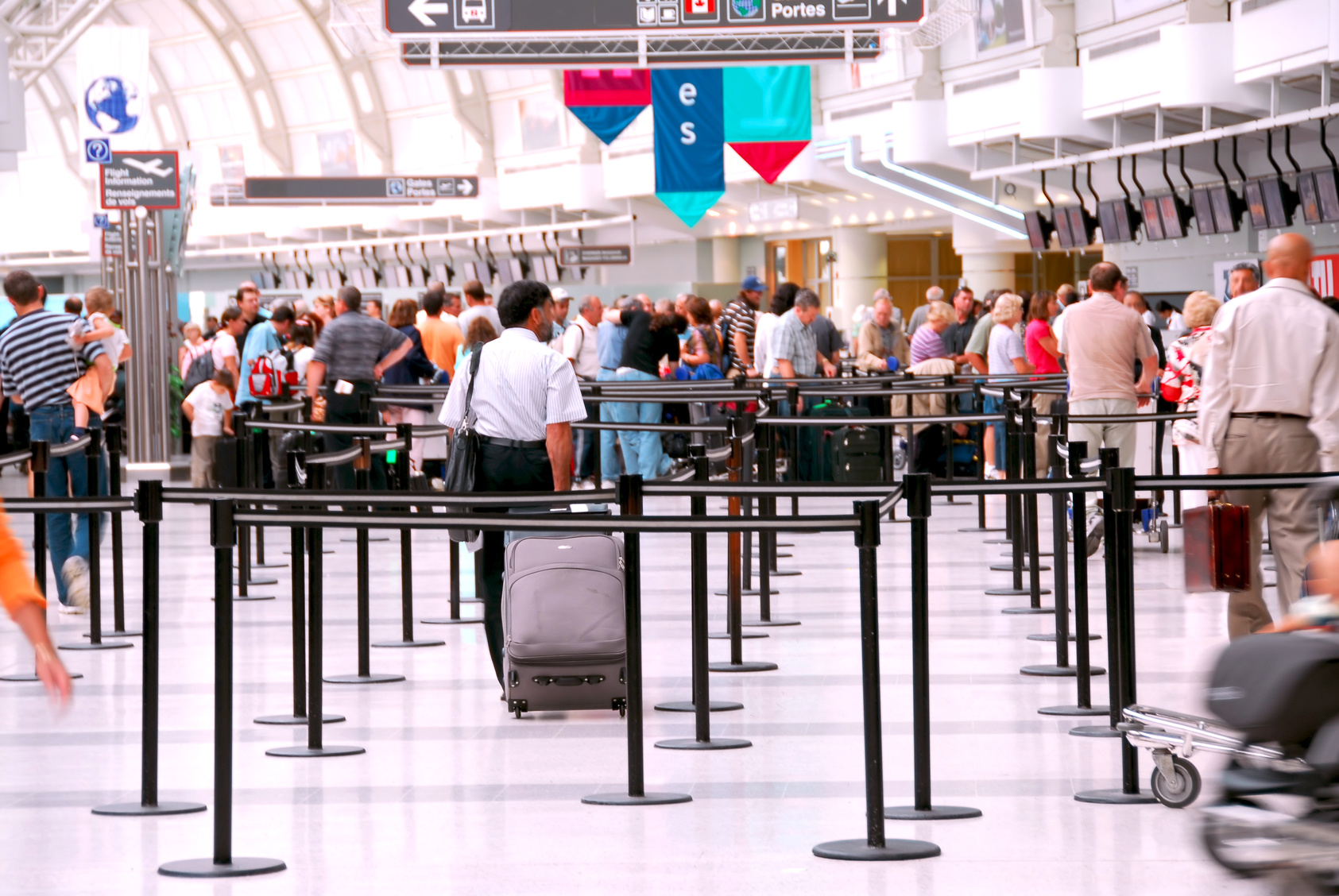Potential Return of Long Security Lines Loom Large If Changes Aren’t Made
This spring as the busy summer travel season approached, long security lines at airports were becoming a serious issue. People were being asked to arrive at the airport earlier and earlier as wait times continued to swell.
An influx of funding, collaboration between TSA with airports and airlines and increased enrollment in TSA PreCheck helped bring wait times back down to a reasonable level throughout the summer, even as more travelers took to the skies.
Facing the threat of returning to long security lines, we expect Congress to provide TSA flexibility to keep the recently increased number of airport security screeners on board in the near term. TSA Administrator Peter Neffenger spoke last week at the A4A Commercial Aviation Industry Summit saying in an ideal world he would have consistent, predictable funding over a five-year stretch to better plan for the future and create a more efficient and more automated system taking advantage of technologies available in a way that energizes the private sector to invest in developing the necessary products. This is really tough to do when you work three months at a time on a budget though, he added.
For business travelers, time is money, and unreasonably long wait times can cut into productivity or even cause missed flights, which lead to missed meetings and deals. The latest GBTA Foundation outlook forecasts 502 million U.S. business trips to take place in 2016 – a majority of which involve air travel. That is no small number and an efficient security experience is incredibly important for these travelers.
While short-term solutions, like increasing personnel over the summer, are important and necessary, long-term solutions are what is needed. GBTA has long been a strong supporter of risk-based security programs like TSA PreCheck or Global Entry to facilitate a better travel experiences. Recent GBTA research shows business travelers agree, with nearly universal satisfaction (90 percent) with PreCheck. Legislation has been passed to improve traveler access to these programs, but TSA has yet to move forward with implementation of allowing multiple third-party vendors to market and enroll people.
Technology is another major area that needs to be addressed. TSA officers are not trained directly by the equipment manufacturers meaning they may not fully understand the full functionality of and how to correctly operate the machines they do have. TSA also needs to take a hard look at its current strategy for research and development as well as procurement of new technology to make sure new technologies are being implemented where they are needed most and upgraded technology doesn’t sit unused.
Another area that requires attention is the 9-11 Aviation Security Fee. A portion of the money taken in from this fee is diverted to help pay down budget deficits rather than being put towards improving security. At a time where the uncertainty and randomness of attacks across the world has put many on edge, it is more important than ever that all available funds are invested in improving security and ensuring are skies remain a safe place.
TSA handled the impending security line crisis this summer well, but it will require cooperation between TSA, the government and industry to truly create a forward-looking system for the future that ensures safe and efficient security across the country.
